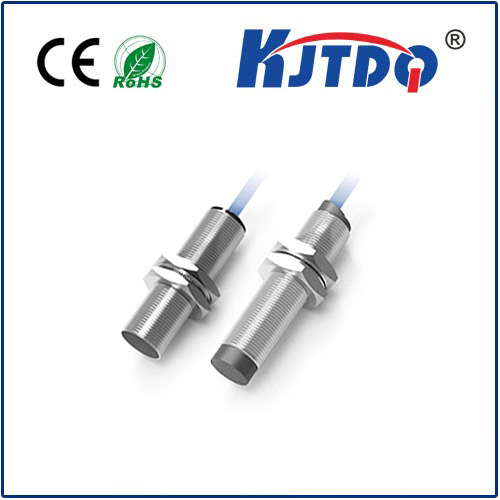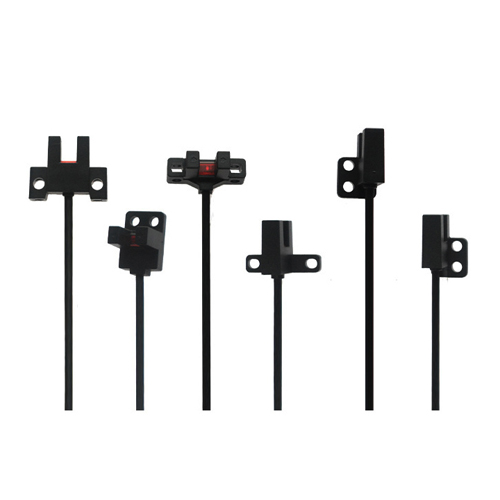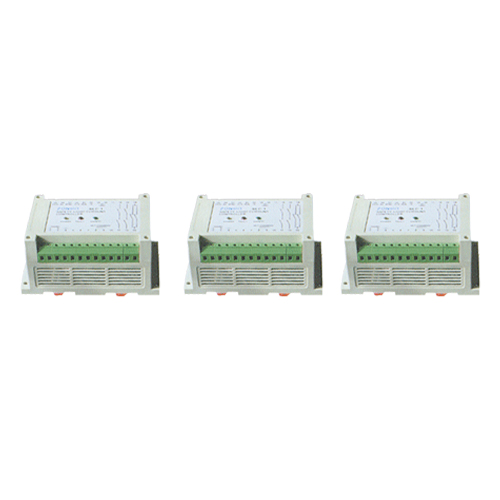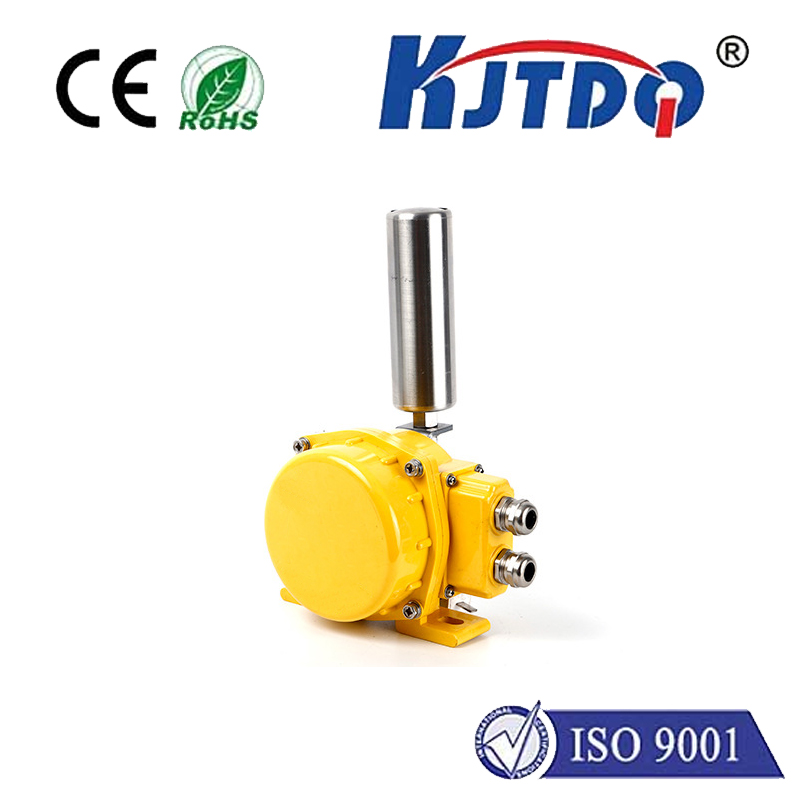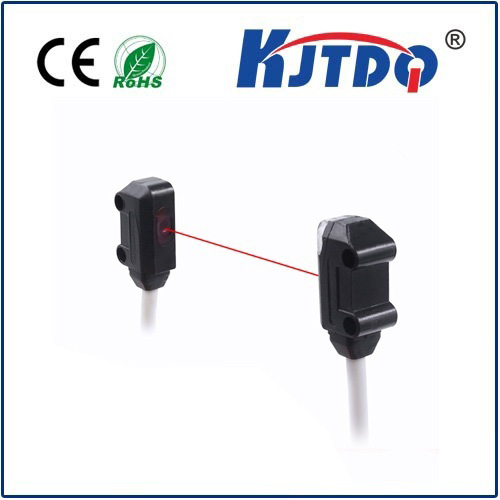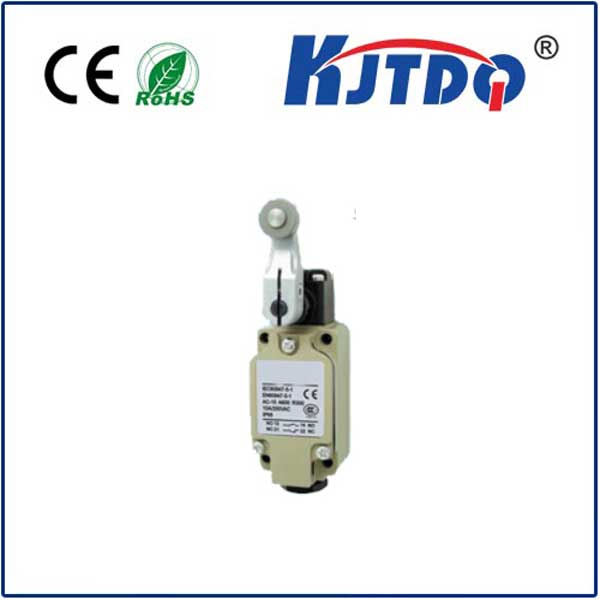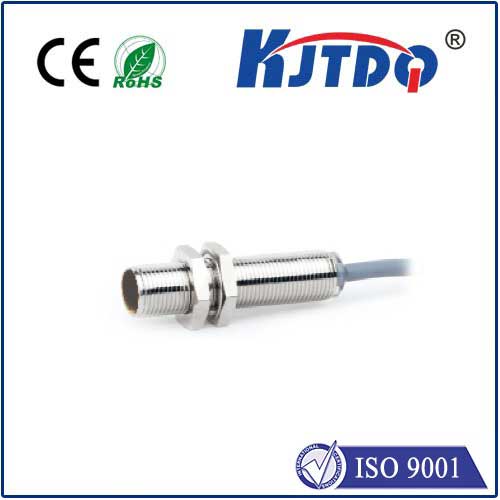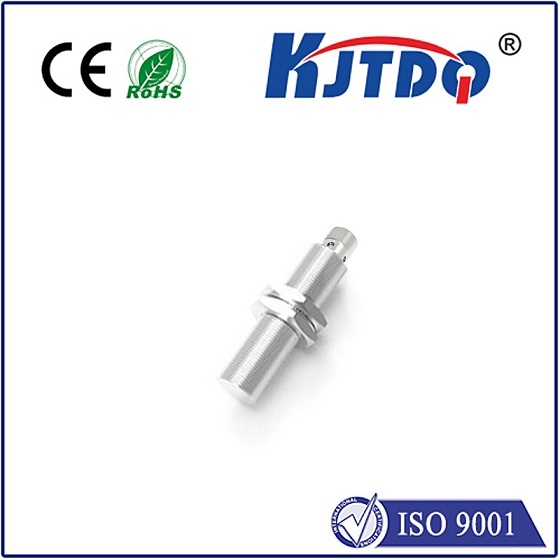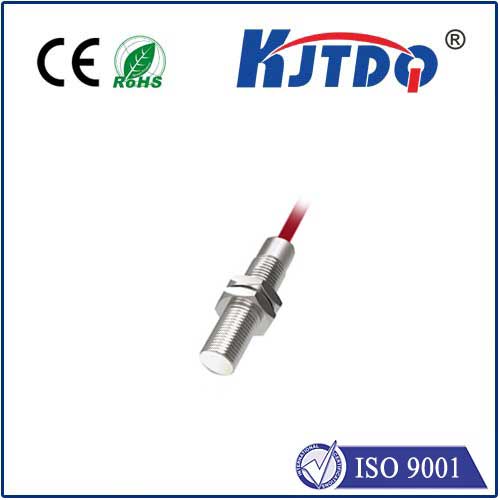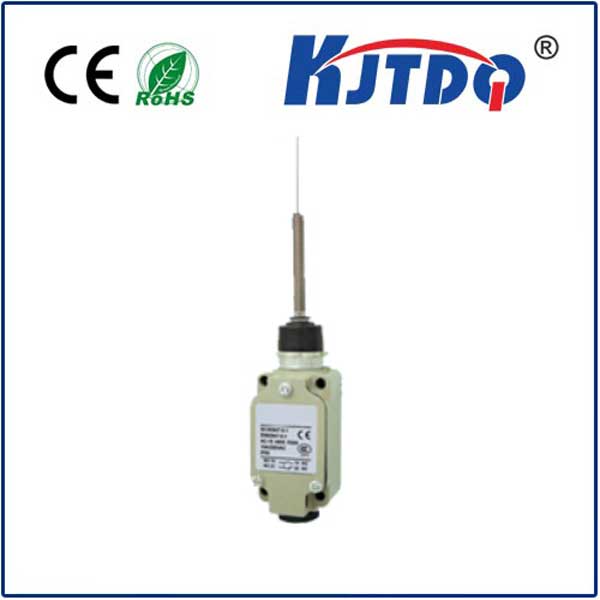iot proximity sensor
- time:2025-06-15 00:54:22
- Click:0
IoT Proximity Sensors: Transforming Detection and Interaction in the Connected World
How often do you interact with technology without consciously touching it? From your smartphone screen dimming during a call to automatic doors welcoming you into a store, a silent enabler is often at work: the IoT proximity sensor. These small, intelligent components are fundamental building blocks within the vast ecosystem of the Internet of Things, providing the critical ability for devices to sense the presence, absence, or distance of nearby objects or people without physical contact. Their integration into smart devices and systems is driving efficiency, enhancing safety, and creating truly responsive environments across countless industries.
Understanding the Core: What is an IoT Proximity Sensor?
At its essence, a proximity sensor detects the presence or absence of an object within a specific range or field. An IoT proximity sensor takes this capability a step further by incorporating connectivity – typically via Wi-Fi, Bluetooth Low Energy (BLE), Zigbee, LoRaWAN, or cellular networks. This connectivity allows the sensor to transmit its detection data to a central hub, cloud platform, or other networked devices in real-time. This data becomes actionable intelligence within the broader IoT system.
Think of it as giving “touchless awareness” to machines. The sensor acts as the eyes of the device, constantly monitoring its immediate vicinity. When an event occurs (like an object entering its detection zone), the sensor translates that physical event into an electrical signal. The IoT connectivity layer then communicates this signal over the network, triggering pre-defined actions or providing valuable insights.
Common Types of IoT Proximity Sensors

Different sensing technologies are employed based on the application’s requirements for range, accuracy, cost, and environmental factors:
- Infrared (IR) Sensors: These sensors emit infrared light and detect its reflection off an approaching object. Common in touchless faucets, automatic hand dryers, and many smartphones. Relatively low-cost and easy to integrate.
- Ultrasonic Sensors: Emit high-frequency sound waves and measure the time taken for the echo to return. Excellent for measuring distance accurately and working in environments where light might interfere. Used in industrial automation for level sensing, parking assistance systems, and robotics.
- Capacitive Sensors: Detect changes in an electrical field caused by the proximity of a conductive object (like a human body). Ideal for touchless switches (e.g., elevator buttons) and liquid level detection in non-metallic containers. Offer a highly reliable touchless interface.
- Inductive Sensors: Primarily detect the presence of metallic objects by inducing eddy currents. Widely used in industrial automation for position sensing on conveyor belts, machine safeguarding, and counting metallic parts.
- Photoelectric Sensors: Use a light beam (visible, infrared, or laser) to detect the interruption or reflection caused by an object. Offer longer ranges and are used in complex industrial automation setups and security systems.
- LiDAR (Light Detection and Ranging): Emits laser pulses to create high-resolution distance maps. While more complex and expensive, they are crucial for advanced applications like autonomous vehicles and high-precision mapping.
The Power of Connectivity: Applications Unleashed
The true transformation occurs when these proximity detection capabilities are connected via IoT. This enables:
- Smart Homes & Buildings:
- Presence Detection: Automating lighting and HVAC based on room occupancy, saving significant energy.
- Enhanced Security: Triggering alarms when unexpected movement is detected near doors or windows.
- Touchless Convenience: Operating faucets, soap dispensers, towel dispensers, and light switches hygienically.
- Space Optimization: Monitoring desk occupancy in smart offices to optimize space utilization.
- Retail & Hospitality:
- Customer Engagement: Detecting patrons approaching display windows or product shelves to trigger interactive content or offers.
- Queue Management: Monitoring queue lengths and waiting times to improve customer service.
- Foot Traffic Analysis: Understanding customer flow patterns within stores for layout optimization.
- Industrial Automation & Warehousing:
- Machine Safety: Implementing safety light curtains and zones to protect workers near moving machinery.
- Object Detection: Precise positioning for robotics, assembly line part verification, and automated guided vehicle (AGV) navigation.
- Inventory Management: Monitoring material levels in bins or on conveyor belts.
- Healthcare:
- Hygiene Compliance: Ensuring hands are placed correctly under sanitizer dispensers.
- Patient Monitoring: Detecting patient movement or bed occupancy without intrusive sensors.
- Equipment Management: Monitoring usage of shared medical devices.
- Smart Cities & Transportation:
- Traffic Flow Monitoring: Detecting vehicles at intersections or parking spaces.
- Smart Street Lighting: Dimming or brightening lights based on pedestrian or vehicle presence.
- Public Transportation: Monitoring passenger boarding/alighting.
Key Benefits Driving Adoption
Integrating proximity sensors into the IoT offers compelling advantages:
- Enhanced Efficiency & Automation: Automating responses based on presence eliminates manual intervention, streamlines processes, and reduces operational costs.
- Improved Safety: Critical in industrial settings to prevent accidents and in public spaces to enable touchless interactions, reducing germ transmission.
- Superior User Experience: Creating intuitive, touchless interfaces (like gesture control or automatic activation) makes interactions with technology smoother and more convenient.
- Data-Driven Insights: Continuous proximity data provides valuable insights into usage patterns, space utilization, customer behavior, and system performance for better decision-making.
- Energy Savings: Significantly reducing wasted energy by powering down systems (like lights, HVAC, or displays) when no one is present. This is a major driver in building management.
Overcoming Integration Challenges
While powerful, deploying IoT proximity sensors effectively requires addressing several challenges:
- Power Consumption: Continuous sensing and wireless communication drain batteries. Optimizing sensor duty cycles, using low-power connectivity like BLE or LoRaWAN, and exploring energy harvesting are crucial for long-term deployments.
- Connectivity & Range: Ensuring reliable network coverage, especially for sensors deployed in remote areas or dense environments. Choosing the right IoT protocol (BLE Mesh, Zigbee, LoRaWAN, NB-IoT) for the specific range and bandwidth needs is vital.
- Environmental Factors: Sensors can be affected by temperature extremes, humidity, dust, vibrations, or electromagnetic interference. Selecting sensors rated for the specific operational environment is essential.
- Accuracy & False Triggers: Tuning sensors correctly is key to avoid missed detections or false positives (e.g., activating a sink due to a stray object). Sensor fusion (combining data from multiple sensor types) can improve reliability.
- Security: Like all IoT devices, proximity sensors are potential attack vectors. Implementing strong authentication, encryption, and secure network protocols is mandatory to protect data and prevent unauthorized access or manipulation.
The Future is Proximate
IoT proximity sensors are far more than simple detection switches; they are the enabling technology for countless touchless interactions and intelligent automation scenarios. As sensor technology advances (becoming smaller, more accurate, more energy-efficient) and IoT connectivity becomes more robust and affordable, their adoption will only accelerate. They are quietly but profoundly transforming how we interact with our surroundings, making our homes smarter, our industries safer, our cities more efficient, and our experiences more seamless. The ability to understand *proximity












